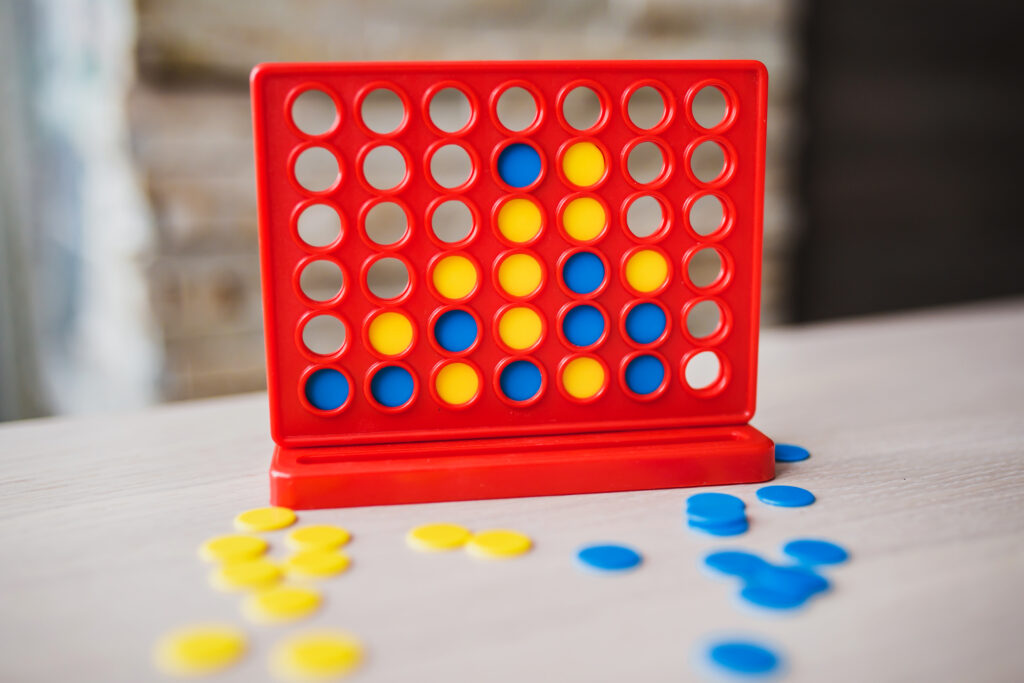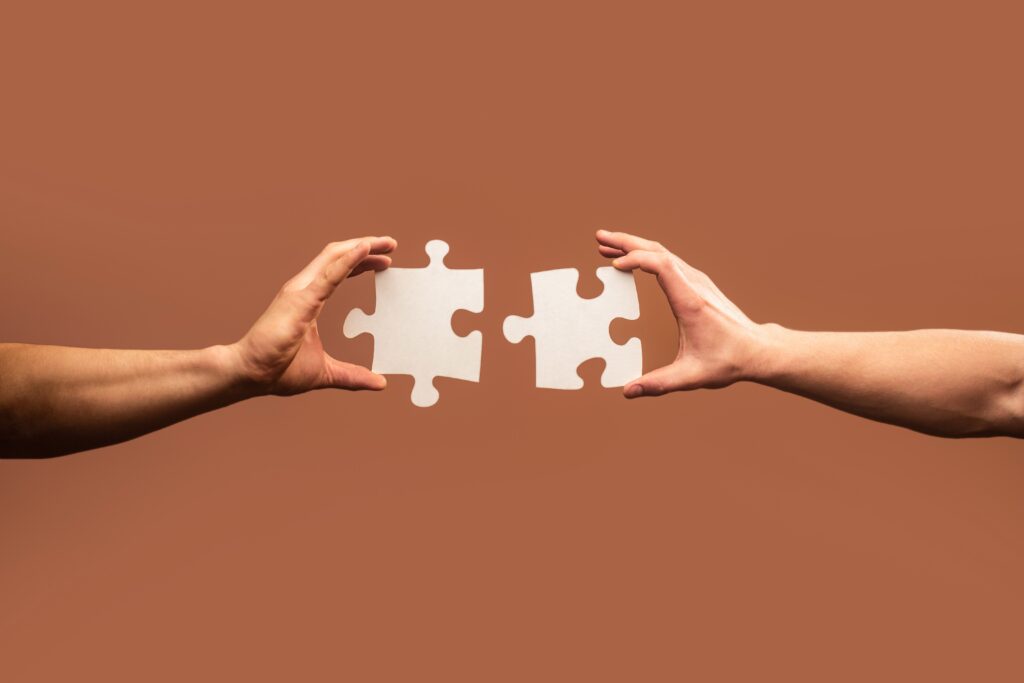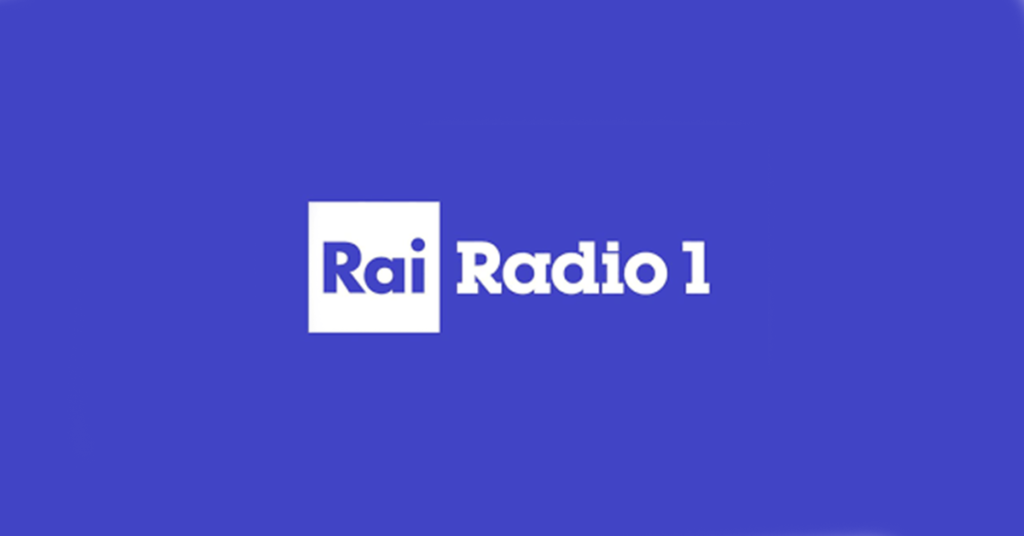We have seen many changes and different proposals for moving forward from market players. Google’s FLOC was certainly the one most talked about and criticised, before being abandoned in favour of Topics, interest-based advertising (we have discussed this here). The focus of the narrative has always been linked to changes in the technology adopted and their implications, but it is also crucial to take a step back and consider the changes at multiple levels that will come into play for people working in digital marketing.
In fact, a new approach to planning should be considered, in the light of the new scenario, or rather, how to achieve effective planning with fewer data available
The first change will be the way we look at data: there will be a change of direction, compared to recent years where we have tried to go into ever-greater detail and provide more information, especially with regards to the criteria for assigning channels. This will also require a change of mindset in advertising, in particular as concerns performance evaluation and year-on-year comparison of the various channels.
In this regard, it is useful to look at the moves of market players, identify a common horizon and understand where attention is shifting in this context. A clear answer comes from Google, which is accelerating advertising on highly dynamic formats that allow them to integrate within them very different placements. The so-called Performance Max embodies this: they are, in fact, campaigns that allow users to reach different locations such as SERP, Discovery and Video. Also on this theme, further updates are planned during this year that will see the inclusion of Smart Shopping campaigns and Local Campaigns aimed at further simplification of operational processes and will provide a consolidated mass of data for offer strategies.
This closed box or “black box” formula – in which the platform itself decides the best positioning for the campaigns – focuses more on their performance than on control and once again raises the bar for automation, making an understanding of the dynamics of the correct use of bid strategies on a case-by-case basis absolutely essential. Yesterday the clicks went to those who had the best structure or ad, but tomorrow they will go to those who best understand how the bidding strategies applied to these “black boxes” works.
So where will the competitive advantage lie?
Most likely, the use of advanced tools, such as Search Ads 360, will become the real game-changer for performance, even more than is already the case today, since the premium features are made available only through paid tools.
But campaign optimisation as we know it today will not become redundant only on Google; it will impact all market players who, in turn, are moving towards alternative and highly-automated solutions.
If we no longer have third-party data available to profile audiences, what should we focus on to make our digital marketing strategies equally effective?
For this, the role of first party data will be fundamental. This will be immediately clear to anyone who adopts, or has already adopted, advanced, server-side, tracking solutions, CDP (Customer Data Platform) and online-offline data integration strategies.
This growing and continuous attention to technological resources inevitably leads us to look to the whole tech world as an enabler of solutions capable of channelling the potential of new advertising strategies. Digital infrastructure becomes even more central in the post cookie era and so do the people who know how to manage it: Marketing Technology (Martech) or Marketing – Ad – Technology (Madtech) professionals will, in fact, work side by side with Digital Advertising consultants. In this way, it will be possible to work with the first party data that companies can collect, online and offline, integrate them together and use them as indicators for profiling and expansion, through the use of “similar” or “lookalike” audiences.
So, how will the work of Digital Advertising professionals change?
In addition to the above-mentioned collaboration with Martech departments, Digital Advertising professionals will play a greater role in consulting and strategic advice when setting up the Media Mix. In fact, choosing the correct channels and suppliers to be included in the planning will become even more important. Another collaboration that will become increasingly important is that between advertising professionals and copy and art directors. Whilst advertising identifies formats and channels, creatives propose how to convey the message, which visuals and tones of voice are the most suitable for the target audience. A mix of skills amongst different professions will be fundamental in addressing the new dynamics of digital marketing in the cookieless era.
This article was written by Matteo Marconcini, Digital Advertising Team Leader.















